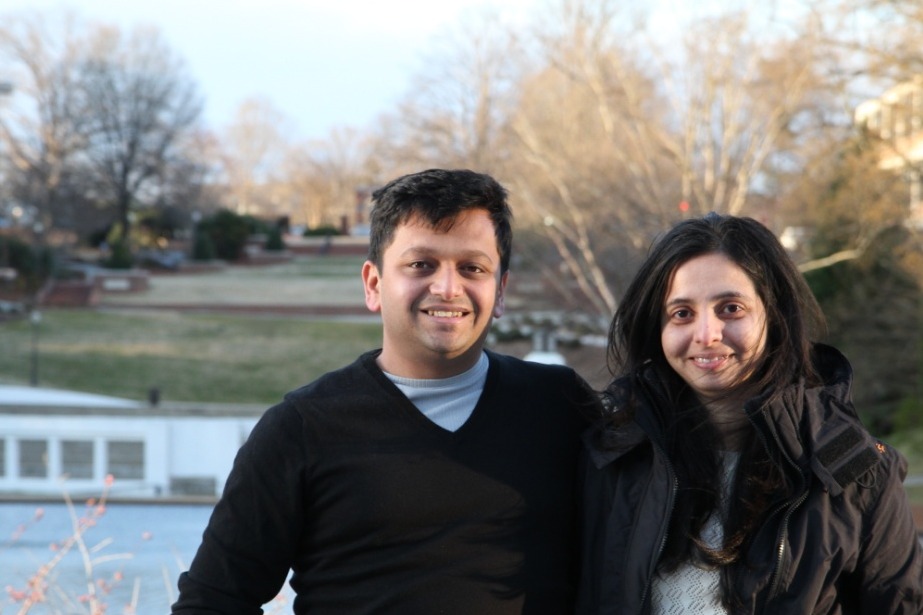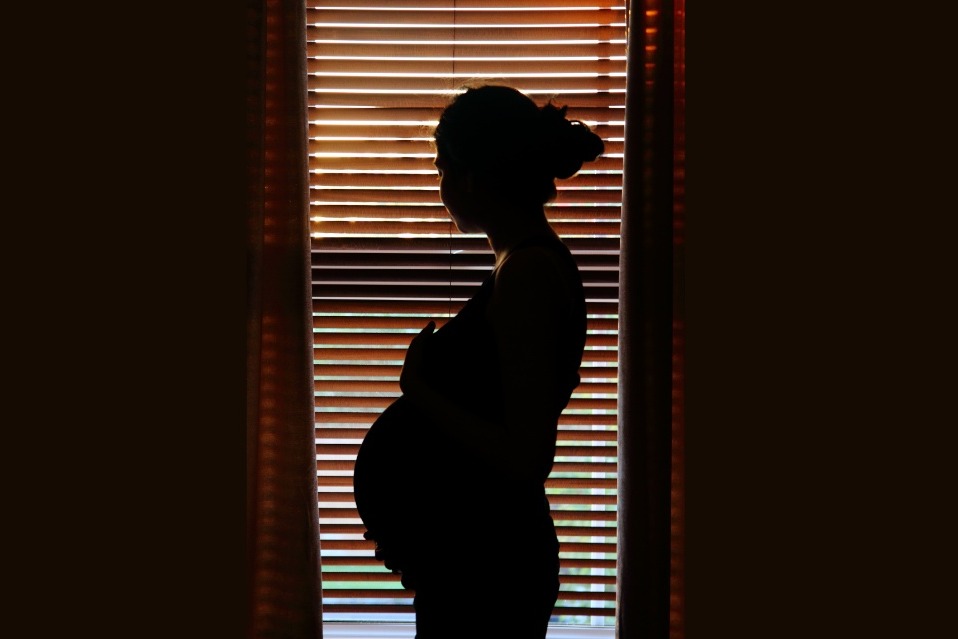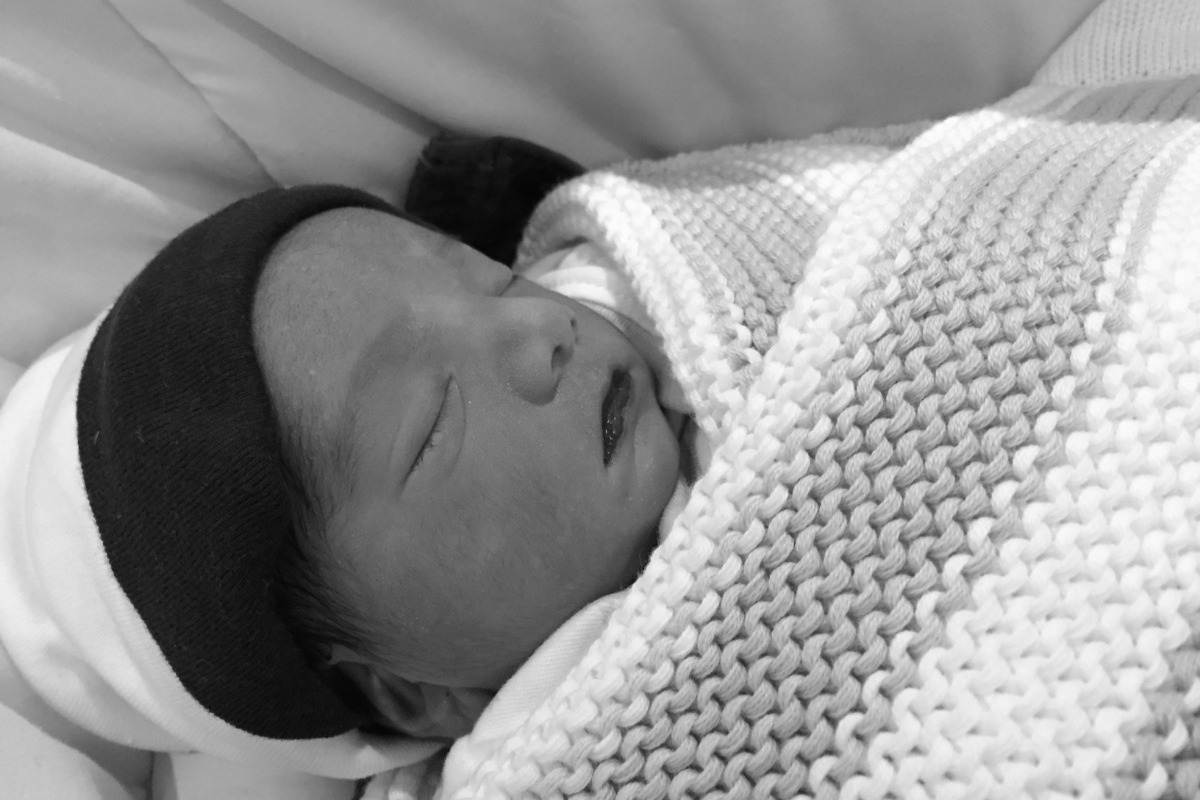Thank you for taking time to read our story, our six years of long, difficult journey to get our baby. A journey we never expected to be this hard and inexplicable to even modern science. We have tried as hard as we could, almost had our baby in our hands only to lose him to fate.
Exhausting all options available in the UK, we have now embarked on a newly developed method called In-vitro activation (IVA), a ground breaking medical procedure in its clinical trial stage.
A bit about us
My name is Prashant. I met Shweta in Uni. It was a typical start, two young people falling in love and trying to build a life together. We set out to build a base for ourselves so that when our little one came, they could prosper.

The story so far
Around 2012 we were ready to start a family. When nothing seemed to click for year or so, we went to NHS. In the tests everything was fundamentally as it should be, still they could not diagnose the root cause, and advised us to take assisted fertility option. After doing multiple tests for about six months, NHS decided that we did not fulfil their assisted fertility criteria and they would help us no further.
With reasons still unclear, we decided to take the private path, and went to a private IVF clinic in London, UK. They found low ovarian reserve even though we were in early 30s, cause still unknown.
The very first IVF cycle, and we conceived. We were over the moon, planning how we would set up the nursery, how we would grow up together, having first holiday as family. We had our bundle of joy on the way, and everything had finally seemed ok. But fate had a cruel twist; a horror awaited us.

At full term, Shweta’s waters suddenly broke. We rushed to the hospital, but since contractions hadn’t set in, the hospital advised us to go back. We asked for a C-section, which was denied. Advice was to walk around a bit and come back once the second stage of contractions set in. This happened in the early hours of next day. As we drove to the hospital, something was wrong – very wrong. Shweta couldn’t feel the baby moving.
The scan at the hospital was every parent’s worst nightmare. The little heart we had seen beating since 6th week was silent. When the membrane ruptured, the gushing fluids had pushed the umbilical cord into the passage. It happens in less than 2% cases of premature rupture of membrane, but it did happen to us. So, when the contractions started, the squeezed cord cut off baby’s oxygen supply.
Our precious baby was gone. Worse still, the delivery still had to be made; even though Shweta wanted to keep him inside forever. Delivery was difficult given the fact that he wasn’t pushing any more. That alone took a nightmare four hours. Four hours of agony knowing when this finishes, we won’t be holding a kicking, screaming, smiling little person supposed to be our bundle of joy. It would be a silent one. No eyes would twinkle back at us.

When I held him in my hands, he looked perfect, but didn’t hold my finger, didn’t smile, did not even look at me. Then I realised he was getting colder, once he was out of his mother’s womb there was nothing to keep him warm.
We returned home empty handed, without our Chinmay (which means Eternal Joy, bliss in Sanskrit). Next day, rather than feeding sessions and nappy changes, we were left to decide which flowers to have for the funeral. We did go back to hospital to give him what was his birth right – to be nursed by his mother. We did everything we would have done; changing his clothes, nursing him, talking to him, showing him the blue skies, the fluffy clouds, and the trees – trees just as empty as we felt inside. All we have left from those days are the wipes we used to wipe his face still carrying a little bit of his smell – our precious collection.
The moment of ultimate joy had turned into utter nightmare. We buried the first of his toys with the little casket – hoping it would bury that pain, which we later realised will never leave us. We both were diagnosed with depression with post-traumatic stress disorder(PTSD) and underwent therapy. We realised the only thing that had kept us going was hope. A hope that one day Shweta will be pregnant again, and we will have our bundle of joy returned to us.
Try, Try, and then Try again
We set out on the next IVF. We tried again, and then again. Each cycle strained finances further and further, but we knew we couldn’t give up, not after having been so close to our baby. For two years we did not succeed. Then came a cycle which had to be abandoned. Shweta’s body had just run out of things to give. The private clinic that we worked with told us they could do no more.
We still couldn’t give up and searched with all our might to find an option, any option that could help. Finally, a ray of hope showed up on the screen. In 2013, a research paper had been published and a clinical trial was underway for a ground breaking treatment called IVA – In Vitro Activation.
A ray of hope - IVA
Every woman has some follicles left in her even after her body shuts down her usual cycles. IVA takes these dormant follicles and activates them. The treatment is currently at the stage where IVF was in 1970s. Some success has already been achieved. It can offer hope to those whom IVF alone cannot help. The more people benefit from the treatment, the more mainstream it can become. We decided to become next guinea pigs.
At this moment, there is only one clinic in the world, based in Tokyo, which carries out this procedure. We contacted them, explained out predicament, and following an evaluation were accepted. We travelled to Japan and underwent the IVA procedure, involving two laparoscopic surgeries. However, that’s not end of the efforts. As IVA only activates the follicles and is effective for 12-14 months, it needs to be complimented with continuous IVF cycles for a year. This allows the clinic to mature as many follicles as possible and collect the eggs for fertilisation and cryopreserve the embryos (at least 5-6 in total) for transfer.
The costs
With all the private IVFs and the IVA procedure so far, the finances have taken a heavy toll. The IVA costed around £35,000 while each IVF/IMSI costs about £9000-10000 per cycle, including medication. No one can predict how many more IVF cycles are needed to reach the target number of embryos.
How you can help
We are doing everything we can to gather every penny. The car is up for sale, the weekly grocery budget is slashed to twenty quid, heating is switched on only if temperatures drop below 10oC inside the house. We can’t pause the procedures to save up either, since the IVA’s effectiveness is time bound. We reckon we can still do two, may be three cycles with what we have, but not all. So the only option left is to ask for your help to raise money for remaining ten cycles circa £70,000.
We understand times are hard for everyone, but any help you can give even £2 worth a cup of coffee, to help achieve this goal; it would be life changing for us and we will be extremely grateful forever.
Please donate, and help us spread the word around; you can share the link to your Facebook Timeline!
Thank you and God bless.
Exhausting all options available in the UK, we have now embarked on a newly developed method called In-vitro activation (IVA), a ground breaking medical procedure in its clinical trial stage.
A bit about us
My name is Prashant. I met Shweta in Uni. It was a typical start, two young people falling in love and trying to build a life together. We set out to build a base for ourselves so that when our little one came, they could prosper.

The story so far
Around 2012 we were ready to start a family. When nothing seemed to click for year or so, we went to NHS. In the tests everything was fundamentally as it should be, still they could not diagnose the root cause, and advised us to take assisted fertility option. After doing multiple tests for about six months, NHS decided that we did not fulfil their assisted fertility criteria and they would help us no further.
With reasons still unclear, we decided to take the private path, and went to a private IVF clinic in London, UK. They found low ovarian reserve even though we were in early 30s, cause still unknown.
The very first IVF cycle, and we conceived. We were over the moon, planning how we would set up the nursery, how we would grow up together, having first holiday as family. We had our bundle of joy on the way, and everything had finally seemed ok. But fate had a cruel twist; a horror awaited us.

At full term, Shweta’s waters suddenly broke. We rushed to the hospital, but since contractions hadn’t set in, the hospital advised us to go back. We asked for a C-section, which was denied. Advice was to walk around a bit and come back once the second stage of contractions set in. This happened in the early hours of next day. As we drove to the hospital, something was wrong – very wrong. Shweta couldn’t feel the baby moving.
The scan at the hospital was every parent’s worst nightmare. The little heart we had seen beating since 6th week was silent. When the membrane ruptured, the gushing fluids had pushed the umbilical cord into the passage. It happens in less than 2% cases of premature rupture of membrane, but it did happen to us. So, when the contractions started, the squeezed cord cut off baby’s oxygen supply.
Our precious baby was gone. Worse still, the delivery still had to be made; even though Shweta wanted to keep him inside forever. Delivery was difficult given the fact that he wasn’t pushing any more. That alone took a nightmare four hours. Four hours of agony knowing when this finishes, we won’t be holding a kicking, screaming, smiling little person supposed to be our bundle of joy. It would be a silent one. No eyes would twinkle back at us.

When I held him in my hands, he looked perfect, but didn’t hold my finger, didn’t smile, did not even look at me. Then I realised he was getting colder, once he was out of his mother’s womb there was nothing to keep him warm.
We returned home empty handed, without our Chinmay (which means Eternal Joy, bliss in Sanskrit). Next day, rather than feeding sessions and nappy changes, we were left to decide which flowers to have for the funeral. We did go back to hospital to give him what was his birth right – to be nursed by his mother. We did everything we would have done; changing his clothes, nursing him, talking to him, showing him the blue skies, the fluffy clouds, and the trees – trees just as empty as we felt inside. All we have left from those days are the wipes we used to wipe his face still carrying a little bit of his smell – our precious collection.
The moment of ultimate joy had turned into utter nightmare. We buried the first of his toys with the little casket – hoping it would bury that pain, which we later realised will never leave us. We both were diagnosed with depression with post-traumatic stress disorder(PTSD) and underwent therapy. We realised the only thing that had kept us going was hope. A hope that one day Shweta will be pregnant again, and we will have our bundle of joy returned to us.
Try, Try, and then Try again
We set out on the next IVF. We tried again, and then again. Each cycle strained finances further and further, but we knew we couldn’t give up, not after having been so close to our baby. For two years we did not succeed. Then came a cycle which had to be abandoned. Shweta’s body had just run out of things to give. The private clinic that we worked with told us they could do no more.
We still couldn’t give up and searched with all our might to find an option, any option that could help. Finally, a ray of hope showed up on the screen. In 2013, a research paper had been published and a clinical trial was underway for a ground breaking treatment called IVA – In Vitro Activation.
A ray of hope - IVA
Every woman has some follicles left in her even after her body shuts down her usual cycles. IVA takes these dormant follicles and activates them. The treatment is currently at the stage where IVF was in 1970s. Some success has already been achieved. It can offer hope to those whom IVF alone cannot help. The more people benefit from the treatment, the more mainstream it can become. We decided to become next guinea pigs.
At this moment, there is only one clinic in the world, based in Tokyo, which carries out this procedure. We contacted them, explained out predicament, and following an evaluation were accepted. We travelled to Japan and underwent the IVA procedure, involving two laparoscopic surgeries. However, that’s not end of the efforts. As IVA only activates the follicles and is effective for 12-14 months, it needs to be complimented with continuous IVF cycles for a year. This allows the clinic to mature as many follicles as possible and collect the eggs for fertilisation and cryopreserve the embryos (at least 5-6 in total) for transfer.
The costs
With all the private IVFs and the IVA procedure so far, the finances have taken a heavy toll. The IVA costed around £35,000 while each IVF/IMSI costs about £9000-10000 per cycle, including medication. No one can predict how many more IVF cycles are needed to reach the target number of embryos.
How you can help
We are doing everything we can to gather every penny. The car is up for sale, the weekly grocery budget is slashed to twenty quid, heating is switched on only if temperatures drop below 10oC inside the house. We can’t pause the procedures to save up either, since the IVA’s effectiveness is time bound. We reckon we can still do two, may be three cycles with what we have, but not all. So the only option left is to ask for your help to raise money for remaining ten cycles circa £70,000.
We understand times are hard for everyone, but any help you can give even £2 worth a cup of coffee, to help achieve this goal; it would be life changing for us and we will be extremely grateful forever.
Please donate, and help us spread the word around; you can share the link to your Facebook Timeline!
Thank you and God bless.

